In the contemporary world of technology, a folding machine has emerged as an essential tool for businesses and individuals alike. This machine is a time-saving, efficient tool that turns the daunting task of folding hundreds, if not thousands, of sheets of paper into a breeze. It is a remarkable invention that aids in streamlining office procedures and ensuring that presentations, mailers, and other paper-based materials are professionally folded and ready for distribution.
Types of folding machines
Diving into the world of folding machines, it becomes evident that they come in various types to cater to different needs. The paper folding machine is a common type, designed to fold standard-sized paper for various purposes, from creating pamphlets to preparing documents for mailing. Another popular type is the letter folding machine, specifically designed to fold letters and small-sized papers, making it ideal for offices that deal with a lot of correspondence. Then there's the folder inserter machine. This type of machine not only folds the paper but also inserts it into an envelope, an excellent tool for businesses that send out a large volume of mail, such as invoices or promotional materials. For businesses involved in the print industry, the folder gluer machine is a boon. It not only folds paper but also applies adhesive where necessary, making it ideal for creating boxes, envelopes, and other similar items.
Features of folding machines
The features of a folding machine play a significant role in its functionality and efficiency. One of the notable features of these machines is their speed. A standard folding machine can fold hundreds of sheets per minute, significantly reducing the time spent on this task compared to manually folding the papers. Adjustability is another noteworthy feature. Majority of folding machines allow users to adjust the folding plates to create different types of folds, such as a trifold machine or a paper tri fold machine. This feature offers flexibility, enabling users to create a variety of folds to suit their specific needs. Some advanced folding machines also come with features like batch counting, which allows users to set a specific number of sheets to be folded at a time, and digital displays for easy operation and control.
Materials used in folding machines
The materials used in the construction of a folding machine significantly affect its durability and performance. Majority of folding machines are made of steel or other sturdy metals for the main structure to ensure longevity and withstand the rigors of constant use. The folding plates are often made of durable plastic or metal, while rubber rollers are used to feed the paper into the machine. In terms of the materials they can work with, folding machines are quite versatile. They can handle a wide range of paper types, from thin paper to thick cardstock, and various sizes, making them a versatile tool suitable for various applications.
Using a folding machine is a practical step towards improving efficiency and productivity. Whether it's a small business that sends out a few hundred letters per month or a large corporation dealing with thousands of documents daily, a folding machine can be a game-changer. It streamlines the process, saves time, and ensures that the end result is professional and consistent every time.

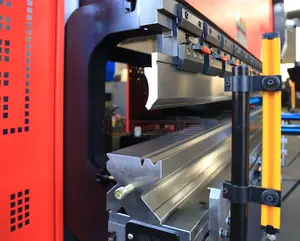





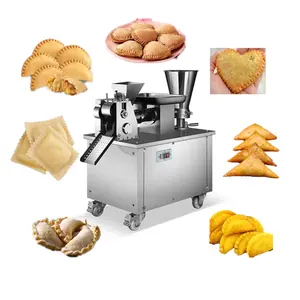










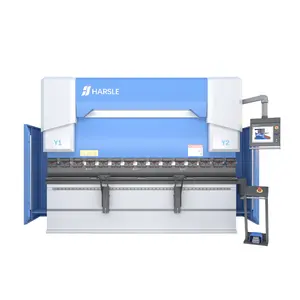
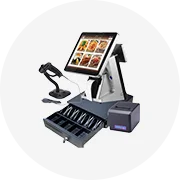
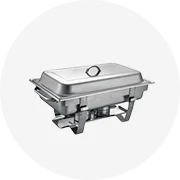
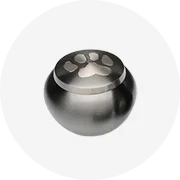
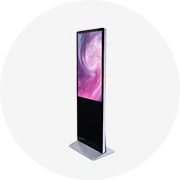

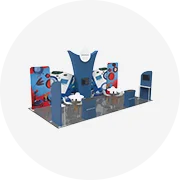
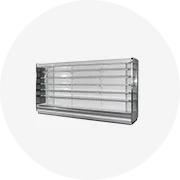
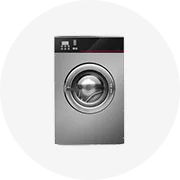

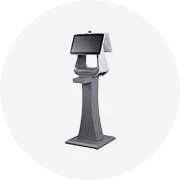
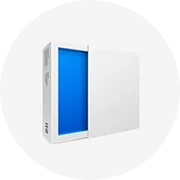









 浙公网安备 33010002000092号
浙公网安备 33010002000092号 浙B2-20120091-4
浙B2-20120091-4